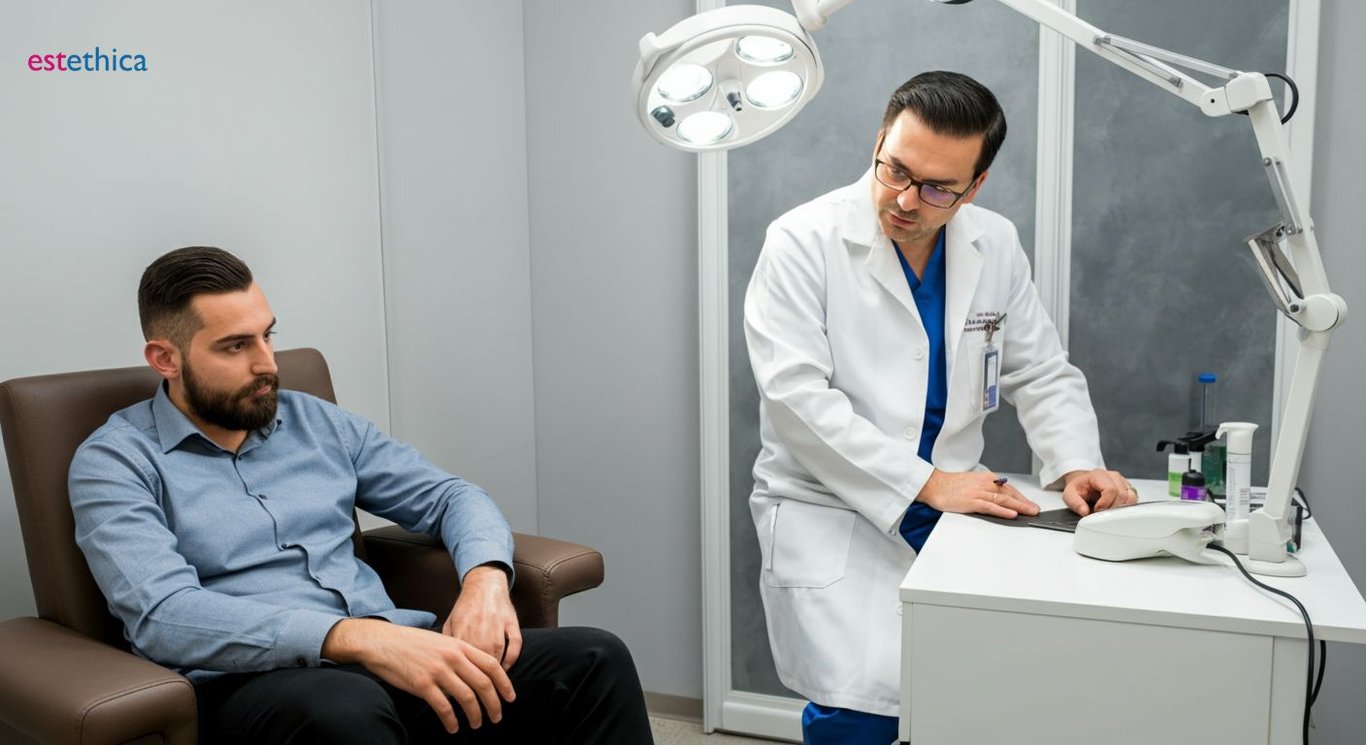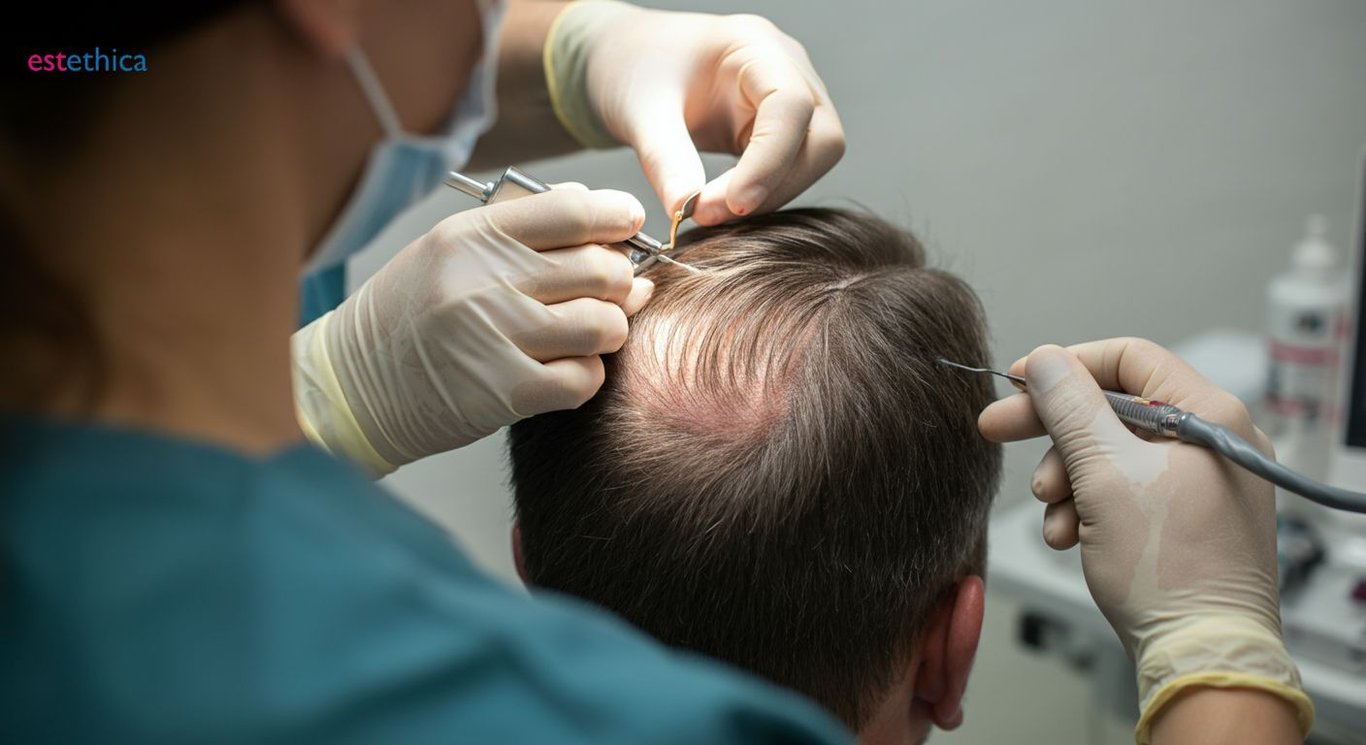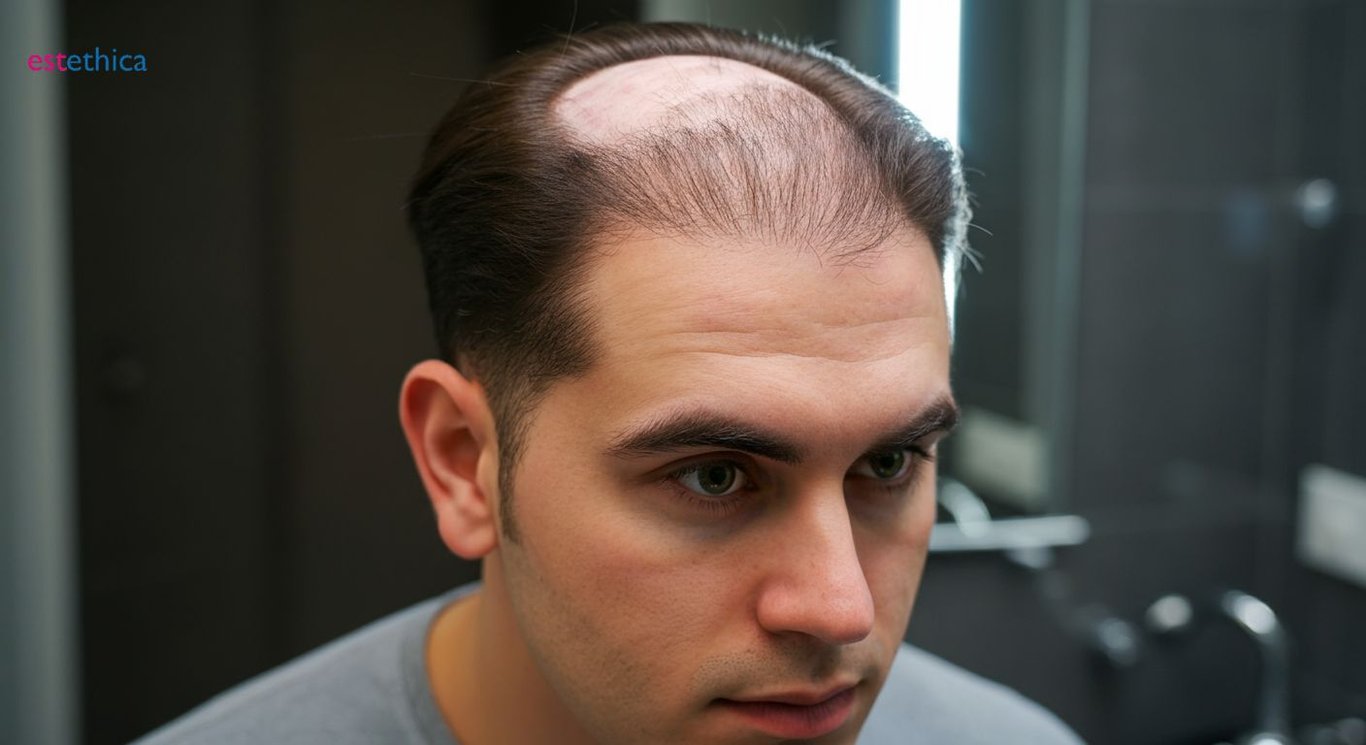Unlocking the Secrets of Hair Transplant: Your Path to Confidence
Discover the ultimate guide to natural hair recovery and transformation.
Unlocking the Secrets of Hair Transplant: Your Ultimate Guide
Hair loss has been a common concern affecting millions worldwide, sparking interest in effective solutions like hair transplants. This guide aims to peel back the layers on hair restoration, offering insights into modern techniques such as FUE and DHI, dispelling common myths, and helping you choose the right clinic for your journey. Whether you're considering the procedure for aesthetic purposes or personal confidence, understanding what's involved can be your first step to unlocking the potential within.
Understanding Hair Transplant: What You Need to Know
Factors Influencing Hair Transplant Costs
Hair transplant costs can vary significantly based on several factors. The complexity of the procedure, the number of grafts required, and the clinic's location all play a role. For example, a clinic in a metropolitan area might charge more due to higher operational costs. Additionally, the surgeon's experience and reputation can influence pricing, as highly skilled professionals often command higher fees. Understanding these factors can help individuals make informed decisions about their hair restoration journey.
Popular Hair Transplant Techniques
- Follicular Unit Extraction (FUE): Known for its minimal scarring and natural results, FUE involves extracting individual hair follicles and implanting them into the balding area.
- Direct Hair Implantation (DHI): This technique uses a specialized tool to implant hair directly, offering precision and reducing handling of hair follicles.
- Scalp Micropigmentation: Although not a transplant, this technique uses pigment to create the appearance of fuller hair, often used in conjunction with other methods.
These techniques offer various benefits, allowing individuals to choose based on their specific needs and desired outcomes.
Steps in a Hair Transplant Procedure
- Consultation: The process begins with a thorough consultation to assess hair loss and discuss goals.
- Preparation: The donor area is prepared, and hair follicles are carefully extracted using the chosen technique.
- Implantation: The extracted follicles are implanted into the balding area, ensuring natural growth patterns are followed.
Each step is crucial to achieving a successful hair transplant, with attention to detail ensuring optimal results.

The Science Behind Hair Restoration Techniques
Innovative Tools and Techniques in Hair Transplantation
Modern hair restoration techniques, such as Direct Hair Implantation (DHI) and Sapphire Follicular Unit Extraction (FUE), have revolutionized the field. DHI uses a specialized tool to implant hair directly from donor areas, minimizing tissue trauma and enhancing precision. This method allows for a more natural hairline and quicker recovery. Sapphire FUE, on the other hand, employs a sapphire blade to create precise incisions, enabling denser hair transplantation and a more natural appearance. These advancements have significantly improved patient outcomes, making them popular choices in clinics like estethica, which prioritize patient safety and superior results.
Benefits of Advanced Hair Restoration Methods
- Reduced Recovery Time: Techniques like DHI and Sapphire FUE minimize tissue damage, leading to faster healing.
- Natural Appearance: Precise implantation ensures hair grows in natural patterns, enhancing aesthetic outcomes.
- Increased Density: Advanced methods allow for denser hair placement, improving overall hair volume.
These benefits make modern hair restoration techniques highly effective, offering patients improved satisfaction and confidence.
- Consultation and Planning: Detailed assessment and planning ensure personalized treatment strategies.
- Extraction and Implantation: Advanced tools facilitate precise extraction and implantation of hair follicles.
- Post-Procedure Care: Comprehensive aftercare supports optimal healing and hair growth.
Each step in the process is crucial for achieving the best possible results, with attention to detail ensuring patient satisfaction.

Common Myths About Hair Transplant Debunked
Dispelling Misconceptions About Hair Transplant Appearance
One prevalent myth about hair transplants is that they result in an unnatural appearance. However, modern techniques like Direct Hair Implantation (DHI) and Sapphire Follicular Unit Extraction (FUE) have transformed the outcomes. These methods allow for precise placement of hair follicles, ensuring that the transplanted hair mimics natural growth patterns. For instance, a patient using DHI can achieve a seamless hairline that blends perfectly with existing hair, making it virtually indistinguishable from natural hair growth. Similarly, Sapphire FUE uses a fine blade to create incisions, allowing for denser and more natural-looking results. These advancements have made it possible for individuals to regain their hair without the fear of an artificial appearance.
Understanding the Comfort and Recovery of Hair Transplants
Another common misconception is that hair transplant surgery is extremely painful and leaves significant scarring. In reality, techniques like DHI and Sapphire FUE are designed to minimize discomfort and scarring. Patients often report experiencing only mild discomfort during the procedure, comparable to a dental visit. The use of local anesthesia ensures that the process is as pain-free as possible. Post-surgery, the recovery is swift, with most individuals resuming normal activities within a few days. For example, a patient undergoing Sapphire FUE can expect minimal visible scarring due to the precision of the sapphire blade, which promotes quicker healing and less noticeable marks. These innovations have significantly improved the patient experience, debunking the myth of painful and scar-laden hair restoration.
Key Benefits of Modern Hair Transplant Techniques
- Natural Results: Techniques like DHI ensure hair grows in natural patterns.
- Minimal Scarring: Sapphire FUE leaves no visible scars post-recovery.
- Quick Recovery: Patients can resume normal activities shortly after the procedure.
These benefits highlight the advancements in hair transplant methods, providing patients with effective and aesthetically pleasing solutions.
- Consultation: Initial assessment to discuss goals and expectations.
- Procedure: Use of advanced techniques to ensure comfort and precision.
- Recovery: Quick healing with minimal downtime and scarring.
Each step is designed to enhance the overall experience, ensuring satisfaction and natural-looking results.

Choosing the Right Clinic for Your Hair Transplant Journey
Evaluating Clinic Credentials and Expertise
When embarking on a hair transplant journey, selecting a clinic with the right credentials and expertise is paramount. Clinics like estethica, known for their innovative approaches, offer a glimpse into what to look for. A clinic's reputation can be gauged by its use of advanced technologies, such as patented multi-implanter tools, which enhance precision and patient outcomes. Additionally, the experience and qualifications of the medical team play a crucial role. For instance, a clinic with board-certified surgeons who specialize in hair restoration techniques ensures a higher standard of care. It's also beneficial to consider clinics that prioritize continuous education and training for their staff, as this reflects a commitment to staying abreast of the latest advancements in hair transplant surgery.
Key Considerations for Patient Comfort and Aftercare
Patient comfort and comprehensive aftercare are essential factors when choosing a hair transplant clinic. A clinic that emphasizes a patient-centered approach will offer personalized care plans tailored to individual needs. For example, clinics that provide detailed post-operative instructions and follow-up appointments demonstrate a commitment to patient well-being. It's also important to assess the clinic's facilities; modern, well-equipped environments contribute to a more comfortable experience. Furthermore, clinics that offer additional services, such as scalp micropigmentation or hair grafting, can provide holistic solutions for hair restoration. These considerations ensure that patients not only achieve their desired results but also enjoy a supportive and reassuring journey throughout the process.
Essential Factors in Clinic Selection
- Technology and Innovation: Look for clinics utilizing cutting-edge tools and techniques.
- Medical Expertise: Ensure the presence of experienced, board-certified surgeons.
- Patient-Centric Care: Evaluate the quality of aftercare and patient support services.
By considering these factors, individuals can make informed decisions, leading to successful hair restoration outcomes.
Advantages of Choosing a Reputable Clinic
- Enhanced Safety: Reputable clinics adhere to strict safety protocols, minimizing risks.
- Superior Results: Advanced techniques and skilled professionals ensure natural-looking outcomes.
- Comprehensive Support: Ongoing care and guidance enhance the overall patient experience.
These advantages underscore the importance of selecting a clinic that aligns with your hair restoration goals and expectations.
Innovative Hair Restoration Techniques: DHI and Sapphire FUE
Excellence in Hair Transplant Procedures: Ensuring Optimal Results
Frequently Asked Questions
What is a hair transplant and how does it work?
Are the results of a hair transplant permanent?
What are the latest hair transplant techniques available?
How safe is hair transplant surgery?
What aftercare is required following a hair transplant?
Discover the Path to Healthy Beauty with estethica's Expert Care!
📞 Call Now for Your Free Consultation!